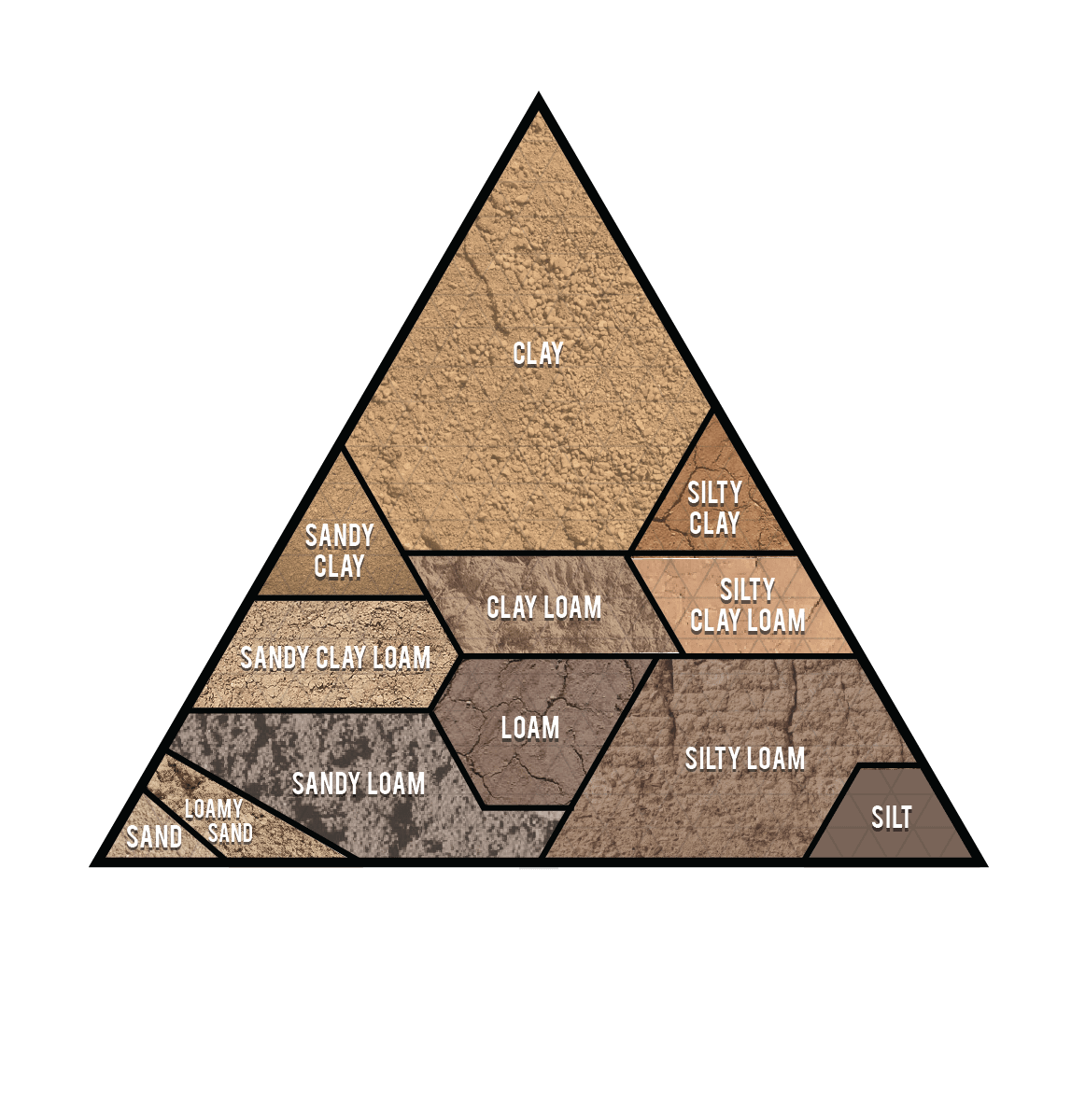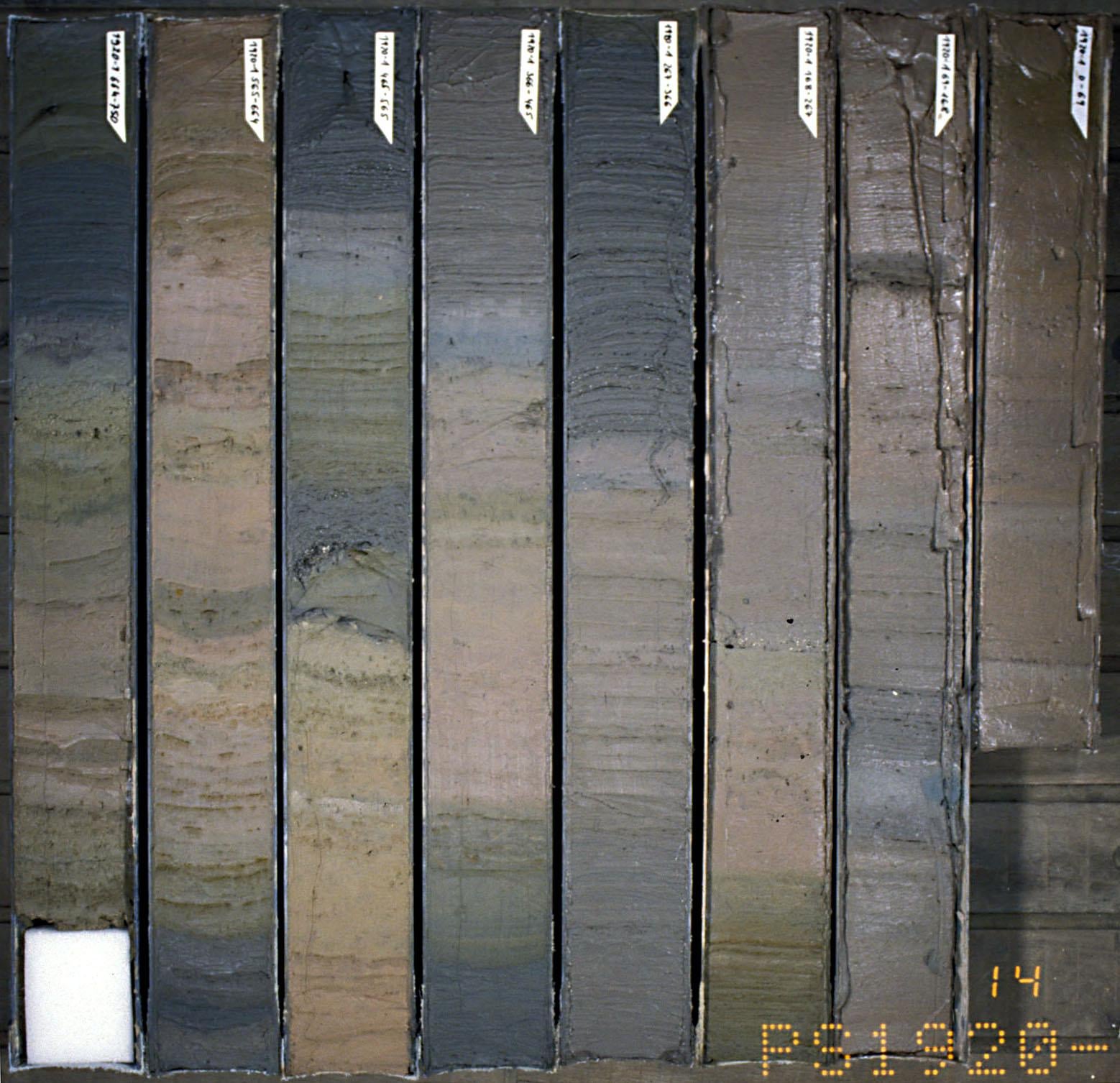- What kind of car parts and plastics? What kind of volume of materials? Garbage was/is often thrown into construction. You'd be amazed at what gets pulled up from this kind of work. Also, there is a possibility of asbestos! Make sure you are familiar with what that looks like.
- What is your budget?
- Got pictures?
I would avoid planting edibles like the other poster suggested until you know exactly what you are dealing with and what plants interact with what. There are cheap soil test kits about as well. Brassicas, for instance, one of the largest families of cultivars (if not the largest), love sucking up LEAD.
I hope, too, you use PPE when doing this work. I know in commercial archaeology, we are required to really cover our asses with it when working on contaminated sites. See here.
Also, these may be of use:
- Clean-Up of Heavy Metals from Contaminated Soil by Phytoremediation: A Multidisciplinary and Eco-Friendly Approach.
- Chapter 15 - Phytoextraction: The Use of Plants to Remove Heavy Metals from Soil (a while journal of the subject, too!): More than 450–500 plant species have been identified as hyperaccumulators including Thalaspi and Arabidopsis and members from families such as Brassicaceae (cultivars like broccoli), Cyperaceae (sedges), Poaceae (grass), Fabaceae (legumes[!]), and several others
- Wiki list of hyperaccumulators - note the second and third linked tables for other metals listed directly above the chart.
- Cornell Guide to Soil Testing
(Check Anna's Archive if you cannot access them.)
Keywords to search:
- Phytostabilization
- Bioremediation
There are a number of plant databases on the sidebar of !plantid@mander.xyz and !houseplants@mander.xyz that may help. I have to update that list, I think, as I collect them. You may want to check out: U Michigan Native Plants by Region
I was going to suggest prairie grasses, however, their deep roots may or may not be picking up those nutrients and may be more of a defence against wildfires apparently. They may be good, however, if you want something with resilience.

